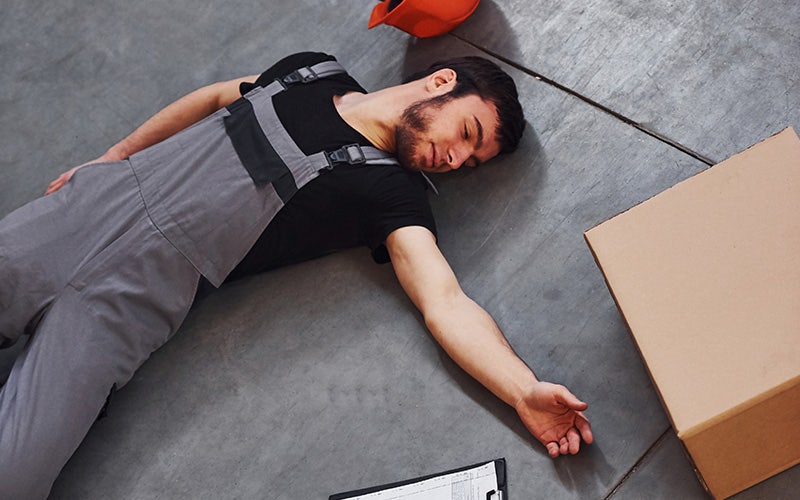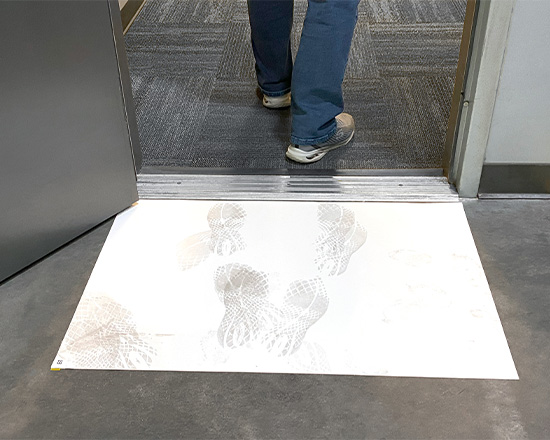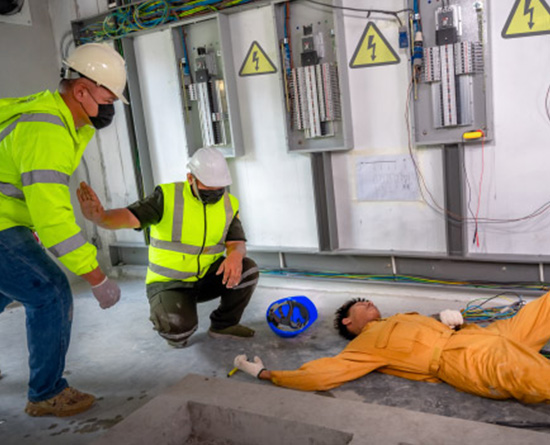5 Overlooked Workplace Hazards |
|
You’ve enacted multiple lean manufacturing principles to reduce cycle times, shorten transit times, simplify workflow, and optimize your shop floor layout. However, none of these initiatives protect your team from today’s most common safety hazards, ones that lead to extended employee downtime, reduced throughput, and most importantly, higher costs. |
The High Cost of Employee Downtime |
|
According to the Liberty Mutual Safety Index, injuries to employees cost manufacturers up to $1 Billion per week. More importantly, every day of employee downtime equates to an average of $1,100.00 in additional costs to a manufacturer. These statistics speak directly to the impact work-related injuries can have on your team, their morale, your production, and your business. Eliminating idle time is not just about isolating the causes of work stoppages and eliminating machine downtime; investing in the safety and well-being of your industrial athletes is equally as important. They are the lifeline of your company. It's time to start thinking of your team as highly-trained, well-prepared industrial athletes. You’ve invested a lot of money in training them to be their best. In turn, they have devoted themselves to making your business succeed. However, this relationship only succeeds if you are proactive in handling the most common workplace hazards. So, what are these hazards? |
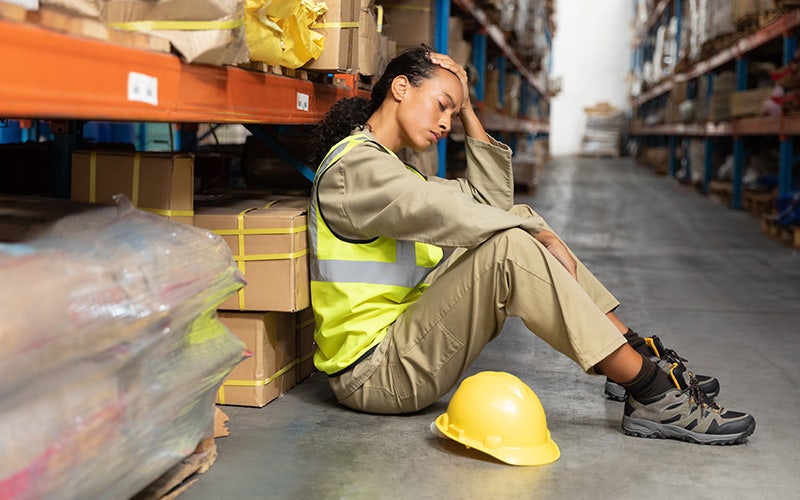 |
#1 Overexertion |
|
Every single day, your industrial athletes lift, push, pull, turn, place, hold and carry raw materials and semi-finished products. This constant repetition throughout the day increases the risk of injury and downtime. Training and constant employee feedback through safety audits and inspections can help to mitigate the resulting musculoskeletal injuries. However, a lot of these injuries simply come down to the type of surface your industrial athletes stand on every minute of every day. Hard surfaces like concrete are what your team is expected to perform on throughout their shift. These surfaces absorb the impact to their feet, legs and lower back. They simply aren’t as flexible and elastic as ergonomic flooring solutions like anti-fatigue matting. Ultimately, when the surface doesn’t move, your team’s muscles and joints are more susceptible to injury when they exert themselves. |
|
|
#2 Slips, Trips, Falls |
|
Complacency is commonplace in manufacturing. Repetitive tasks often lure your team into a lull and false sense of security. It’s during these times that they are most susceptible to injury. Slips, trips, and falls have multiple causes and most can be avoided. These accidents might occur directly on your shop floor during production or in and around your warehouse. Ultimately, understanding how and why they happen is critical. First, identify the most common cause of spillage. Are liquids most often spilled during loading and unloading? Do your employees have spill kits and pallets? Will they immediately cordon off access to the spillage with markers and signage? Are employees at risk of a slip and fall injury? The right ergonomic flooring can provide excellent slip resistance, and ensure the safety of your team. Second, identify common risks like expensive cables, wires, and heavy-duty hoses in high-traffic areas and in between equipment. Solutions like cable protectors not only protect your investment from wheeled and pedestrian traffic, but they can also reduce trip injuries caused poorly placed wires and cables. Third, be sure to enact preventative measures through corrective actions. Your team’s safety is of paramount importance. They will gladly play a part in eliminating the root cause of accidents if it means they won’t get injured. A properly trained team of industrial athletes means everyone knows exactly what happens in the event of an accident. |
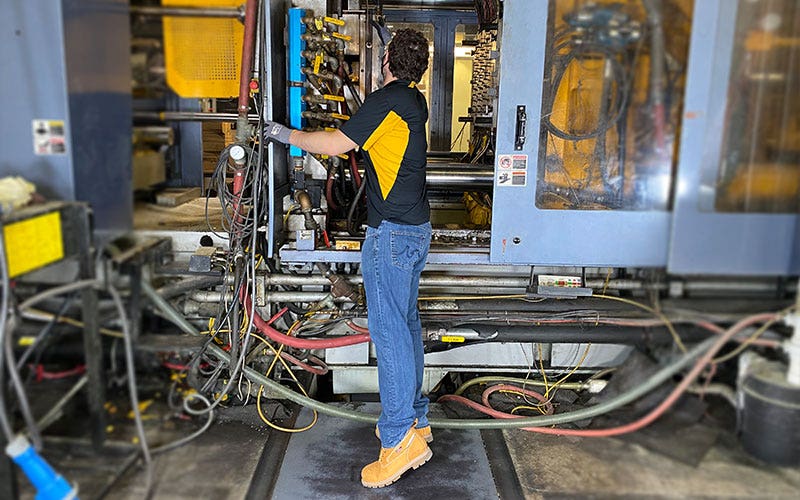 |
#3 Improper Reach |
|
One of the most overlooked and underestimated health and safety risk it the proper position to the work at hand. When employees regularly strain to reach, it’s more than just an inconvenience or annoyance - it can have a negative effect of both productivity and health. The human body is a mechanical marvel! It’s a network of muscles, tendons and bones that work together to perform tasks. The most strength and lower risk of injury is within what’s commonly referred to as the Power Zone. Work platforms elevate employees to reduce excessive, awkward postures, imbalance, and strain on their upper body. It’s important to re-evaluate your work cells. If you see your employees standing on their tiptoes or overextending their reach, you may have a problem and need to consider installing work platforms. |
 |
#4 Lack of Visibility |
|
Calling attention to safety risks is just as important as a critical element of any safety initiative. Put up caution tape for any short-term risk as repairs or maintenance is underway. Use floor signs to call attention to wet areas. Use floor markings or signage to warn employees of forklift traffic. Make sure all emergency eye wash and shower stations are properly marked, clear of obstructions and easily seen when urgently needed. Use highly visible signage and claim the space with suitable mat. Visual cues such as color can also support 5S initiatives. One way to reduce clutter and keep organized is to clearly segment different work and staging areas. These and other areas can be defined with the use of floor tape or flooring tiles. Both come in a wider range of colors. |
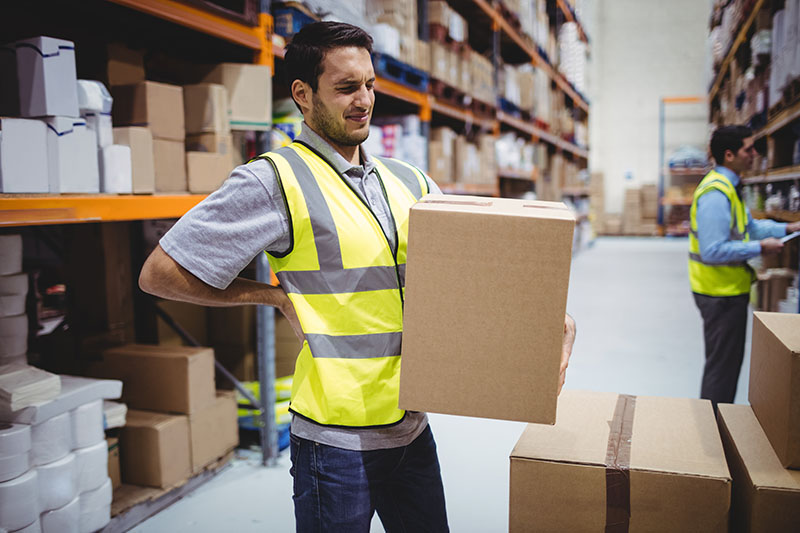 |
#5 Body Aches and Fatigue |
|
Let’s face it. Standing all day on concrete is absolutely exhausting. Whether you’ve walked a trade show or stood in a long shopping line you’ve experienced the effects of a hard floor. Even the best shoes or insoles give much relief. Imagine dealing with that discomfort day in and day out. Ergonomic matting and flooring reduces fatigue, increases productivity, and raises the morale of standing employees. In fact, according to the United States Department of Labor, anti-fatigue matting and flooring are a big reason why ergonomic environments decrease the risk of workplace injury by up to 26 percent. Addressing all five of these workplace hazards will not completely resolve all risks. Things can and will happen. However, the goal is to eliminate as many accidents and mishaps as possible. Your team of industrial athletes deserves nothing short of your best efforts. When you invest in them, they’ll invest in you. |
|
Still have questions? Reach out to us to let us know how we can help. |
| Contact Wearwell |
5 Overlooked Workplace Hazards
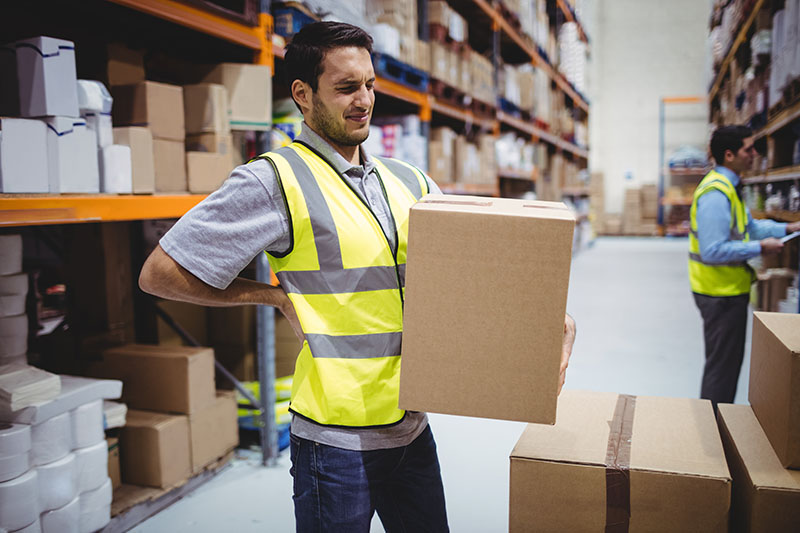
February 24, 2022 | View: 3647 | Kategorien: Benefits of Anti-Fatigue, Workplace Safety, Ergonomic Flooring, Work Platforms, Floor Mat Basics | Tags: Anti-fatigue, Ergonomics, Foundation Work Platforms, POWERHOUSE | Von: Abram Buck


